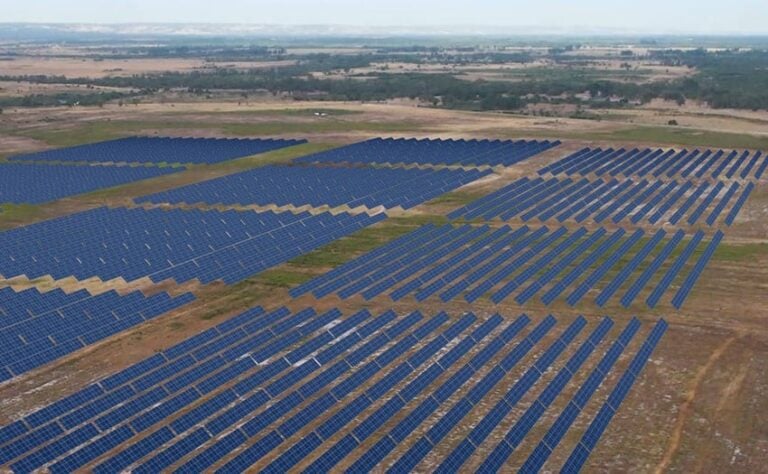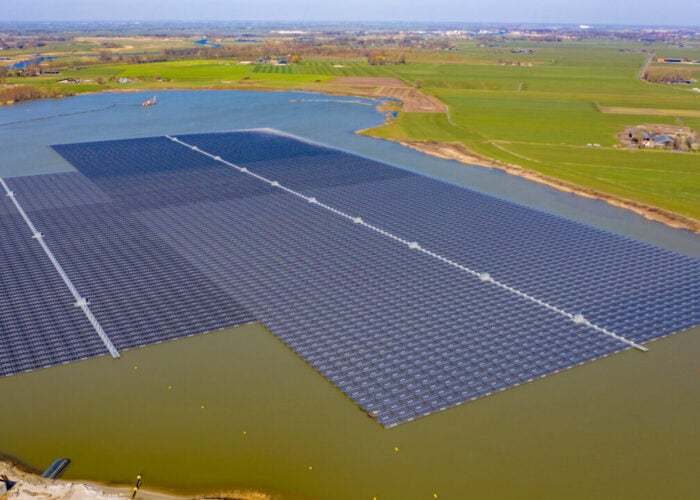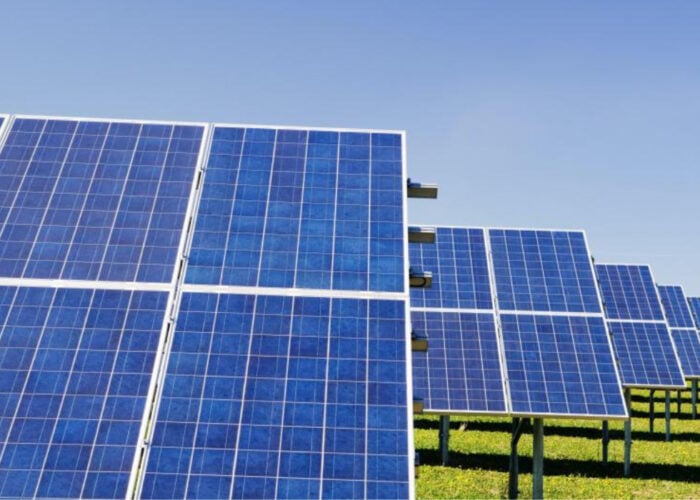
Renewable energy developer Frontier Energy has halted developing its 120MW solar-plus-storage project in Western Australia after it missed out on Reserve Capacity Credits (RCCs) from the Australian Energy Market Operator (AEMO).
The Waroona Renewable Energy Hub’s first stage would feature a 120MW solar PV power plant along with an 80MW/360MWh DC-coupled battery energy storage system (BESS). Once fully completed, Frontier said it would be one of Australia’s largest renewable energy projects, with a 1GW connection capacity.
Unlock unlimited access for 12 whole months of distinctive global analysis
Photovoltaics International is now included.
- Regular insight and analysis of the industry’s biggest developments
- In-depth interviews with the industry’s leading figures
- Unlimited digital access to the PV Tech Power journal catalogue
- Unlimited digital access to the Photovoltaics International journal catalogue
- Access to more than 1,000 technical papers
- Discounts on Solar Media’s portfolio of events, in-person and virtual
Or continue reading this article for free
Waroona was provisionally assigned 87.2MW of Certified Reserve Capacity in August 2024, but Frontier missed out on securing RCCs in the final allocation process.
The Reserve Capacity Mechanism (RCM), which encompasses RCCs, ensures sufficient generation capacity in the South West interconnected system (SWIS). Generators in the Wholesale Electricity Market (WEM) receive a fixed dollar payment per megawatt from the AEMO based on the Reserve Capacity Price (RCP). These payments would be guaranteed for five years.
A Definitive Feasibility Study (DFS) conducted by Frontier for the Waroona project estimated that RCM payments would provide up to AU$27 million (US$18.6 million) per annum of revenue in the project’s first stage. As such, Frontier employed a five-year strategy for the Waroona project, which factored in AEMO’s forecast of a ~1GW reserve capacity deficit in 2026/2027.
AEMO also said there was an urgent need for substantial new investment in generating capacity.
This article was first published on our sister site Energy-Storage.news.







